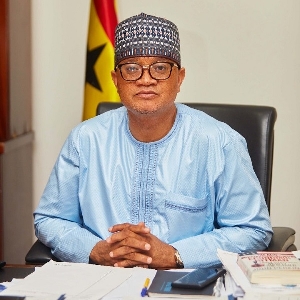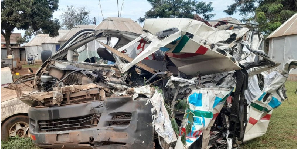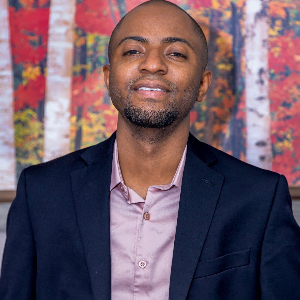The Sustainable Development Report 2019 revealed that the world has over a billion people living in the slum, and by 2030, people living in urban areas in the world are projected to rise to 60%.
A United Habitat report in 2014 estimates that about 37.9% of Ghana’s population lives in slums. This is, however, a reduction in the figure which stood as 40.1% as of 2009.
A recent survey conducted by the People’s Dialogue (PD) on human settlements identified 300 slum settlements in Accra alone, the capital of Ghana.
Accordingly, seventy-six (76) of the settlements are marked matured slum areas, 116 are still in their infantile stage, and the remaining 108 being a potential hotspot for the emergence of slums. Notable slums in Accra are located in areas like Agbogbloshie, Madina-Zongo, Nima, Mamobi, Sukura, and other areas. The United Nations defines a slum as a human settlement with inadequate access to safe water and sanitation, poor housing quality, overcrowding, and insecure residential status.
Over the years, slums have come to be known as a hotspot for the spread of infectious disease. The Ebola virus, for instance, invaded the large and densely populated urban slums of Liberia, Guinea and Sierra Leone in West Africa. There are fears currently that once the current pandemic, the novel coronavirus, begins to take on the characteristics of a community spread, slum dwellers would not only be badly hit but there will be a crisis on our hands.
The upward trajectory of COVID-19 cases in Ghana is a signal enough for the government to pay special attention to underprivileged and vulnerable areas, slums included. The risk factor for the spread of COVID-19 in these areas could be largely due to inadequate access to sanitation and water facilities, poor housing conditions, and overcrowding. Aside from the health implications of the pandemic on urban dwellers, poverty could further escalate the spread as many slum dwellers do menial jobs in the Central Business District.
So far, the Government has been very strategic in dealing with the novel coronavirus disease. The partial lockdown and restrictions of movement are very helpful. Other initiatives such as absorbing full or partial electricity costs for the poorest poor as well as absorbing water bills are commendable.
But away from the freebies, the lockdown may favor those who can afford space and work-life while at home. Working from home is for a privileged-few., not for the people in the slum areas who live ‘hand-to-mouth’. For them, livelihood means going out to meet people and offer unskilled, strength-demanding services to them. For them, their livelihood is off the table for now due to the lockdown. In the short-term, people in slum areas may struggle to cope, but for how long?
Health care facilities and services in slum areas are nothing to write home about even if they are available. Since these areas are heavily populated, the invasion of the virus will cause a lot of harm. There is a need for personal protective equipment to be distributed for healthcare facilities in these areas. The government, through donations, has provided quite a good number of PPEs for health workers. The government can do more by allocating some of these PPEs to these marginalized communities.
Further to that, there is a need for the government to bring health care to the doorstep of these marginalized communities through mobile clinics. This measure will help in contact tracing as well as tracking any diseases should there be a spread in the community. Non-governmental organizations can support this initiative by erecting temporal structures that can be easily assembled, disassembled and transported around in the community. These initiatives will help combat the disease in the community.
Taking inspiration from Cidade de Deus (City of God) favela in western Rio in Brazil, a hand-washing stall has been built at the entrance of slum communities. This can be replicated in these vulnerable communities to ensure that handwashing practices are adhered to.
There is a need for mass education in these communities. People in the slum areas come from different backgrounds, speak different languages and lack social cohesion. There is a need for a common platform for education on the virus and how it can be curbed. Social media has been one of the effective tools that have contributed to the spread of awareness. Again, myths, conspiracies, and plain fake news are peddled all over. There is a need for timely education for the people in this community to understand the pandemic. The world’s poorest countries have not yet experienced the peak of the outbreak of these novel coronaviruses. These are many early actions that various actors in the built environment, as well as the government, can adopt to help save the lives of millions – including those in slums.
Opinions of Tuesday, 14 April 2020
Columnist: Tsifodze Ernest, Contributor
Slums, coronavirus; The Remedy
Entertainment


















